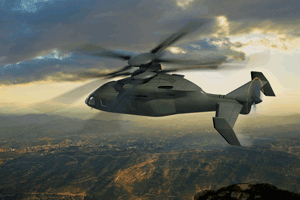
The Army is committed to its search for a next-generation rotorcraft and will not tolerate cost overruns and development delays that clipped the wings of earlier attempts to build a future helicopter.Future Vertical Lift (FVL) sits at number three on the Army’s prioritized list of modernization initiatives and seeks a faster, more maneuverable family of rotorcraft to eventually replace all the service’s helicopters.“There is no intent, and the secretary and I are not going to stand for delays. This is…

 By
By 











